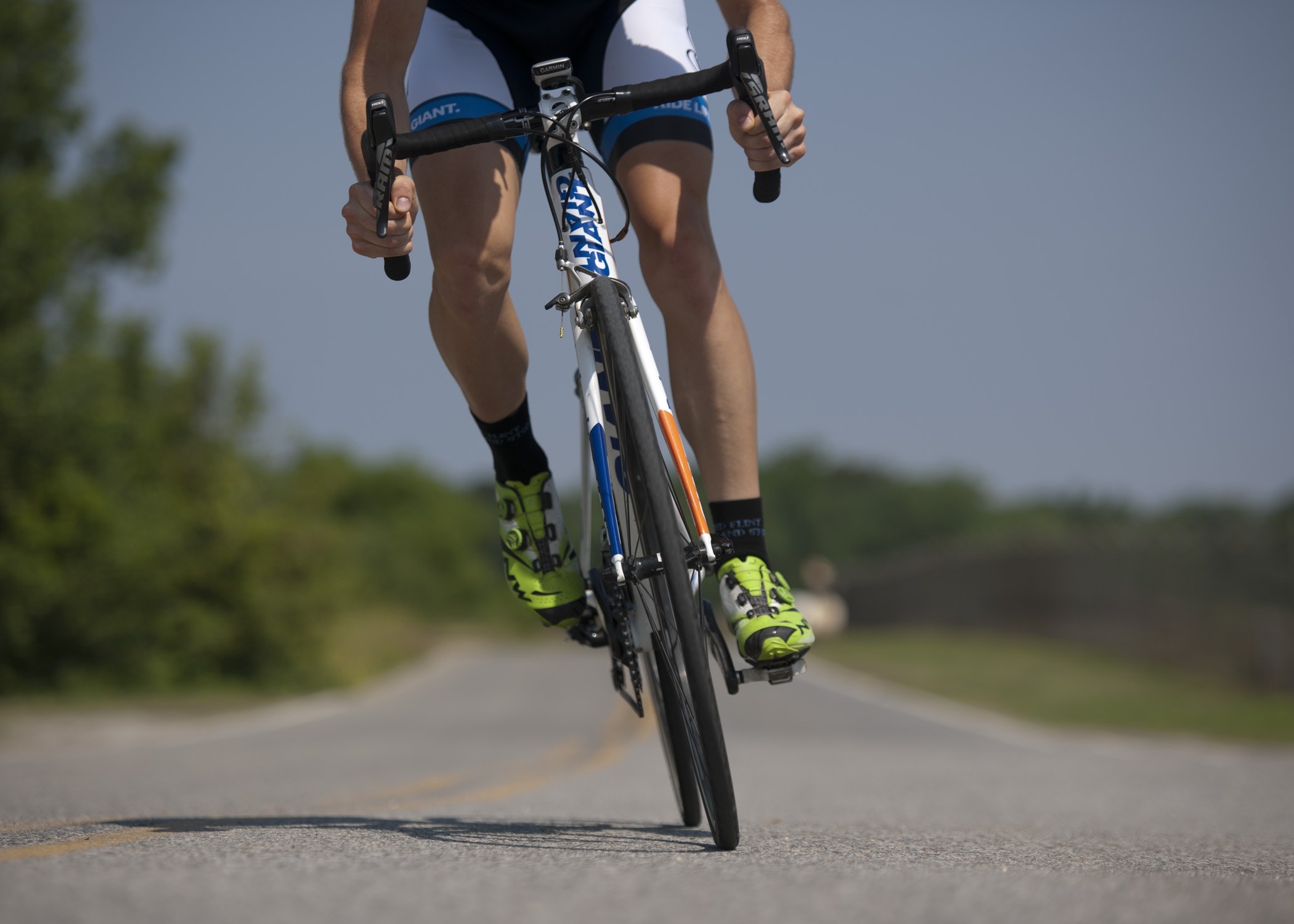Cycling is one of the most popular outdoor activities in Boulder. Cyclists we encounter in our Boulder Physical Therapy practice most commonly complain of pain on the front of their knee or anterior knee pain. Research shows 1 in 2 competitive cyclists have experienced this knee pain resulting in lost training and competitions in over half of those affected (Clarsen et al. 2010). A cyclists exposure to the impact of poor pedaling biomechanics is amplified by the volume of their training. It is not uncommon for a competitive cyclist to flex and extend their knee over 5 million times per year during their training sessions and competitions (Callaghan et al. 2005). In addition to training errors, bike biomechanics remain one of the key sources of an athlete’s knee pain.
Athletes who have excessive movement in their lower bodies both reduce their cycling economy and performance, as well as, increase their injury risk. In particular, the movement of the knee toward or away from the frame increases stress across the knee especially during the power portion of the pedal cycle. The suboptimal mechanics change the alignment of the knee and the ability of the leg muscles to import forces on the foot and pedal. Commonly, bike fitters use shoe orthotics or wedges to modify the relationship between the foot, shoe, and pedal.
Research has shown a rigid cycling shoe is the most economical and efficient interface with the pedal allowing cyclists to pedal at a lower % of their VO2 max for a given work load compared to a softer shoe. Research regarding orthoses or wedges on cycling alignment and mechanics are fewer in number. The limited research shows these orthoses or wedges 5-10 degrees can temporarily impact mechanics but their long term efficacy as a tool remains to be limited (Fitzgibbon et al. 2016). They are most likely to benefit those athletes with true structural alignment impairments in the leg.
Conversely, many of our patients’s symptoms improve quickly with Physical Therapy interventions to correct impairments such as limited range of motion and muscle imbalances in the leg. Once these are addressed an athlete is better able to use cuing and movement retraining to improve static and dynamic alignment of the knee while cycling. In summary, athletes need the capacity to control the knee position through strengthening then the appropriate retraining to use that strength in an optimal cycling pedal cadence.

